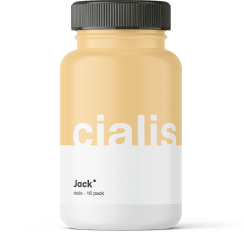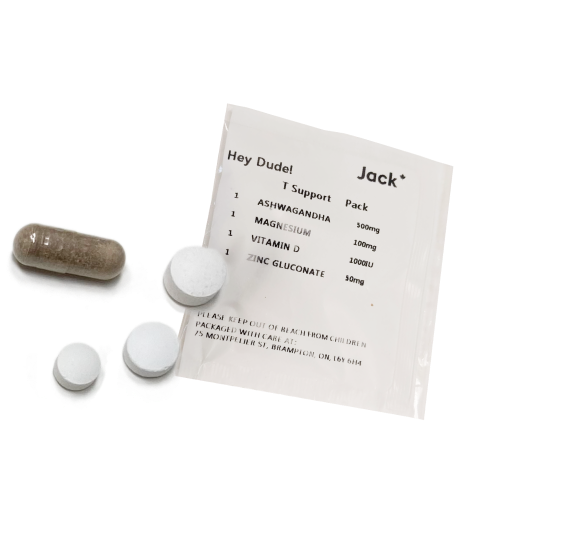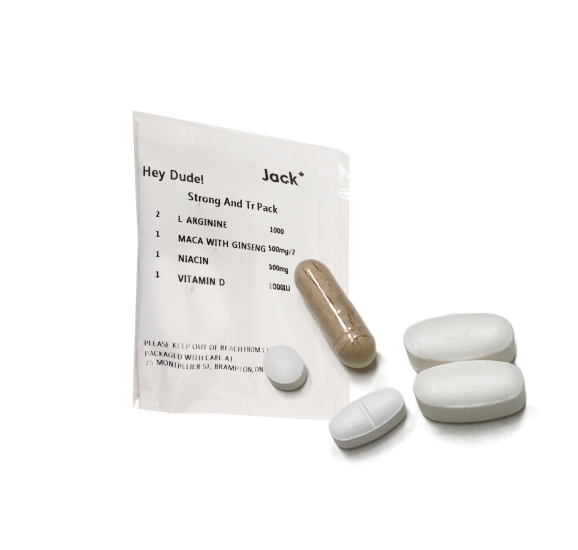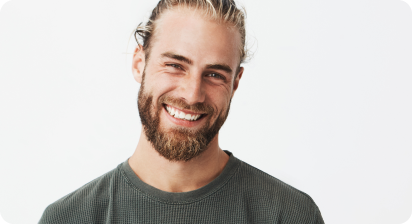If you’ve recently started using minoxidil for hair loss, it might be frustrating to see something unsettling: hair shedding. But is this a sign that your hair is falling out more, or is it part of the process?
Minoxidil shedding is a common side effect during the early stages of treatment, and it may leave you wondering if it’s something to worry about. This guide explains what minoxidil shedding is, why it occurs, and what you can expect during this phase.
Why Does Minoxidil Cause Hair Shedding?
When you begin using minoxidil, your hair follicles undergo a process known as the hair growth cycle. Minoxidil stimulates the follicles, causing them to shift from the resting phase to the shedding phase, and then eventually into the growth phase.
- Anagen (Growth Phase): The active phase where hair grows.
- Catagen (Transitional Phase): A brief phase marking the end of active growth.
- Telogen (Resting Phase): The follicle is inactive, and hair remains in place.
- Exogen (Shedding Phase): Old hairs are shed to make way for new growth.
Think of it like pruning a tree; old branches fall off, allowing new ones to emerge. This cycle is necessary for your hair to regrow thicker, stronger strands.
This process can last several weeks, and though it may be concerning, shedding is a completely normal part of the hair follicle turnover. Don’t worry, as it’s often temporary and reversible as you progress with the treatment. This simply signifies that your follicles are getting ready for new growth.
How Bad is Minoxidil Shedding?
The amount of shedding you experience varies among individuals. For example, you might experience shedding that may be more noticeable in the crown area, where pattern baldness typically causes hair loss in men. Others might notice some thinning around the temples.
Again, shedding is a normal part of the natural hair cycle and may indicate the effectiveness of the medication. The emotional impact of shedding can be frustrating, but patience is key, as this phase typically precedes the regrowth of stronger and thicker hair follicles.
Additional Side Effects You Might Experience with Minoxidil
Aside from shedding, there are a few other side effects you might encounter when starting minoxidil. These can include:
- Scalp irritation: Dryness or itching, especially in the early stages
- Flaking: Dry patches or dandruff-like flakes
Fortunately, these issues often subside as your scalp adjusts to the medication. If the irritation becomes persistent, consult your doctor or dermatologist for advice.
Tip: Minoxidil comes in both liquid and foam forms. If you believe the side effects are formulation-specific, switching to a foam formulation of minoxidil instead of a solution may help reduce scalp irritation and improve the overall experience.
How Long Does the Minoxidil Shedding Phase Last?
Typically, the minoxidil shedding phase lasts anywhere between 2 and 6 weeks. During this time, you may notice hair loss more prominently as the old hair falls out. This progressive “growth spurt” follows new hair growth, much like how a plant sheds leaves to allow for new blossoms.
How To Manage Shedding When Starting Minoxidil
While shedding can be concerning, there are several ways you can manage it:
- Gentle washing: Use a mild shampoo to avoid further irritation and dryness.
- Avoid scratching: Resist the urge to scratch your scalp, as this can worsen shedding or irritation.
- Consistent use: Ensure you apply minoxidil consistently as instructed by your doctor to help reduce the intensity of shedding.
Managing shedding helps ensure you stay on track with the treatment. In the long run, the regrowth you achieve will feel more like a cosmetic improvement rather than just a functional solution.
What To Expect After the Minoxidil Shedding Phase
After the shedding phase ends, expect to see fine, softer hairs starting to grow. These will likely be shorter at first but will gradually thicken and lengthen over time. Hair follicles that were previously dormant are now becoming active again.
Just imagine experiencing shedding within the first 3 weeks of minoxidil treatment. By week 6, you begin seeing small hairs sprouting in areas that had been thin or bald. Over the next few months, your scalp started to show significant regrowth.
This phase can take some time, but studies have shown that hair regrowth is usually observable after the shedding phase, particularly with consistent use of topical minoxidil (2% or 5% formulations), as early as 2 to 4 months, with peak results around 12 months.
Alternatives to Minoxidil if Shedding is Unbearable
If the shedding phase becomes too frustrating, there are several alternatives you can consider:
- Finasteride: Prevents hair loss by blocking the hormone DHT, which contributes to baldness.
- Low-level laser therapy: Uses light to stimulate hair growth.
- Natural remedies: Uses natural oils or products to support hair growth.
Switching to alternative options should be discussed with a dermatologist to determine the best course of action based on your specific needs and dosage.
When Should You Consult with the Professionals?
If you notice shedding that lasts longer than six weeks or if your scalp becomes red, painful, or inflamed, consult a dermatologist or physician for advice. They can help ensure that you’re using the medication correctly, or they may suggest a more suitable alternative.
Jack Health provides expert consultations and personalized treatment plans to support your hair regrowth journey. Start your minoxidil treatment plan today.
Key Takeaways
- Shedding occurs in the early stages of Minoxidil treatment and should not cause concern.
- Minoxidil shedding is expected to last for 2-6 weeks, signalling the start of hair regrowth.
- Consult with a doctor if the shedding becomes severe or doesn’t subside after several weeks.
Frequently Asked Questions
When Does Minoxidil Shedding Start?
Minoxidil shedding typically begins within 2 to 6 weeks of starting treatment. This initial shedding is a normal and temporary response as older hairs are pushed out to make way for new growth.
Does Everyone Experience Shedding With Minoxidil?
No, not everyone experiences shedding with minoxidil. Shedding varies by individual, and its intensity depends on factors like hair cycle phase, scalp sensitivity, and dosage.
Does Using Minoxidil With Other Hair Treatments Reduce Shedding?
Yes, combining minoxidil with other hair treatments may help reduce shedding. However, consult a doctor before using multiple products to avoid adverse reactions or reduced effectiveness.













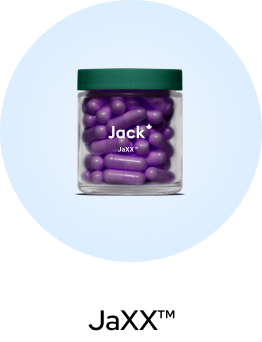
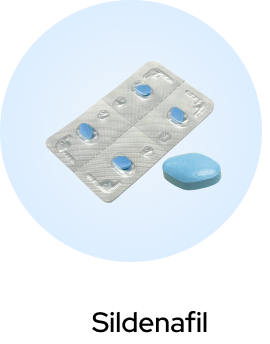
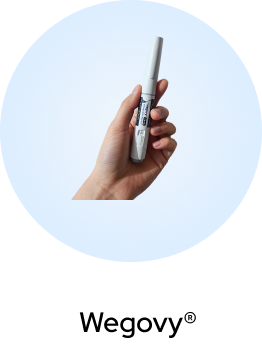
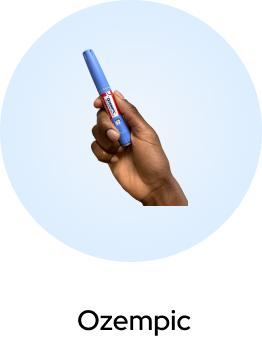


 (US)
(US)